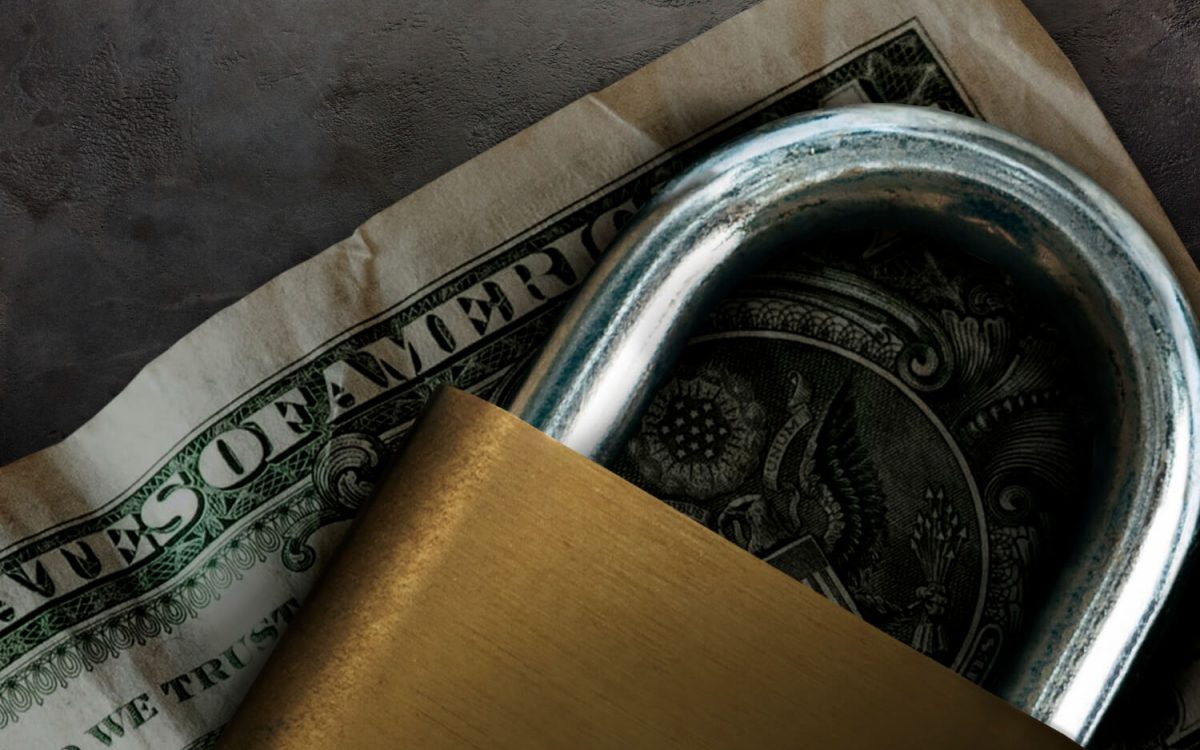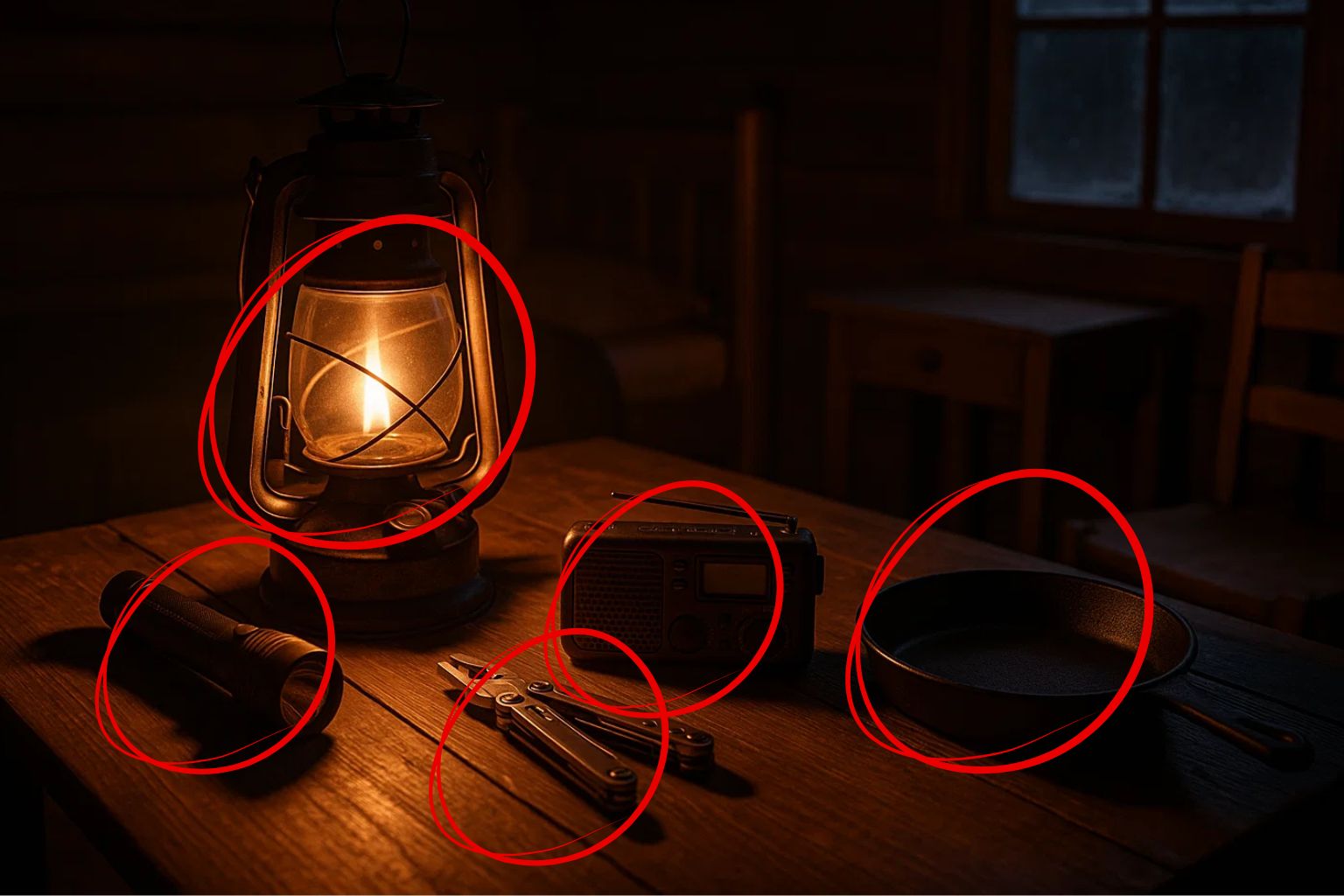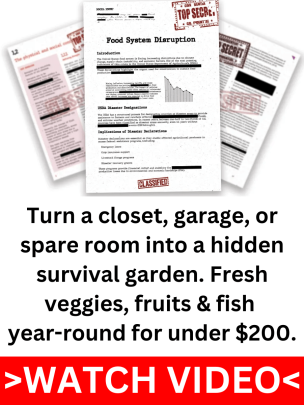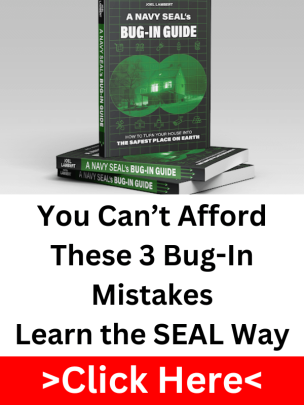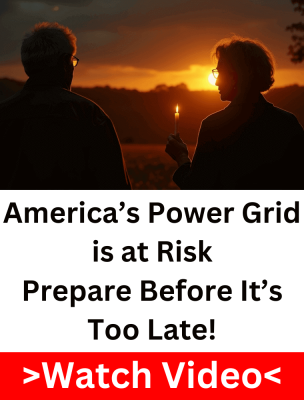Most folks think that if they’ve got a solid safe tucked away in the closet, their valuables are locked down tight. But here’s the thing, that safe might actually be a magnet. Thieves know to look for it. They’ve broken into enough homes to know exactly where people stash their “secure” stuff. And once they find it? They don’t waste time cracking it open right there. They’ll take the whole thing if they can and deal with it later. So if all your important gear is sitting in one spot, you’re putting all your eggs in one very obvious basket.
Now, with crime spiking and unrest simmering just beneath the surface in more cities than we’d like to admit, it’s not enough to rely on alarms or cameras. People are getting bold, and desperate. Looting, home invasions, even targeted burglaries in rural areas aren’t some far-off idea anymore. That’s why more preppers are adding a decoy layer to their home defense strategy. A setup that makes intruders think they’ve hit the jackpot… while your real supplies stay untouched. If you’re serious about the best diversion safe for home security, it might be time to stop thinking about safes the old way.
What Criminals Really Do During a Break-In
Burglars don’t mess around. When they hit a house, they’re not wandering through the kitchen admiring the backsplash. They’re in and out, usually in under 10 minutes, sometimes less. And where do they go first? Straight to the master bedroom. Nightstands, dresser drawers, closets, those are the go-to spots. If you’ve got a safe in plain sight, it’s not a challenge. It’s a jackpot. Most of the time, they don’t even try to open it. If it’s small enough, they’ll grab the whole thing and sort it out later.
This is exactly where a decoy safe earns its keep. Thieves are under pressure. They’re working fast, their adrenaline’s pumping, and they want quick wins. So when they spot something that looks valuable and easy to carry, they take it, no second-guessing. That’s the psychology you’re counting on. A decoy works because it feeds right into that instinct: “grab it and go.” And if it’s convincing enough, they’ll think they’ve already scored big… and leave the rest alone.
Now, layer that with the reality we’re facing today. Between riots, blackouts, and straight-up chaos in some parts of the country, burglaries aren’t just crimes of opportunity anymore. They’re becoming more organized, more aggressive, and more desperate. It’s not just about someone stealing your TV, it’s about losing your food stores, your emergency cash, maybe even your means of defense. And when things get bad, people will stop caring about right and wrong. They’ll care about survival. That’s why prepping your home, smartly and in layers, isn’t optional anymore.
The Decoy Safe Concept: Outsmarting Looters, Not Just Locking Them Out
A decoy safe is exactly what it sounds like, a fake-out. It’s designed to look like the real deal but only holds stuff you’re willing to lose. The idea is simple: when a burglar finds it, they think they’ve struck gold and get out fast. And that’s the goal. You’re playing on their rush, their assumptions, and their need to move quickly. Whether it’s a hollowed-out book, a fake soda can, or a small lockbox tucked into a sock drawer, the point is to lead them away from what actually matters.
Your real safe? That one needs to be something else entirely, fortified, hidden, and forgettable. It shouldn’t be anywhere obvious. Not in the bedroom, not in the hall closet, and definitely not where anyone would look in a panic. The best diversion safe for home security works because it feels authentic and is placed exactly where thieves expect to find valuables. Meanwhile, your true supplies, cash, ammo, documents, anything essential, stay buried behind layers they won’t even know exist.
What to Put in a Decoy Safe (And What to Avoid)
Here’s the golden rule when it comes to a decoy safe: make it believable. If it looks too staged or obviously fake, a thief might second-guess what they’ve found, and that’s the last thing you want. The goal is to make them feel confident they’ve found your valuables, so they grab it and go without looking any further. Your decoy should feel real enough that it doesn’t raise suspicion but worthless enough that losing it won’t hurt.
So what should actually go inside? Stick with low-value items that look important at a glance:
- A small stack of real cash, nothing big, maybe $30 to $50 in a money clip
- A few expired or empty gift cards, especially ones with popular logos
- Cheap costume jewelry or knockoff watches
- Worn-out paperwork like old insurance documents or expired ID cards
Now, let’s talk about what not to put in there. Don’t stash live ammo, working credit cards, or any form of ID you still use. And definitely don’t put in anything sentimental or irreplaceable. If your decoy gets taken, and that’s the point, it shouldn’t cost you anything more than pocket change and some throwaway clutter.
If you really want to sell it, add a personal touch. Maybe a scratched-up old watch, a coin pouch with a few pennies, or a crumpled receipt from a hardware store. Details like that make the whole setup feel lived-in and authentic. When someone’s rifling through a drawer in a hurry, they’re not going to inspect every item, they’ll just think, “Yep, this is it,” and move on. That’s the kind of trickery that makes a good diversion safe kit work.
Where to Place Your Decoy (and Your Real Safe)
Placement is everything. A decoy safe only works if it’s found, and that means putting it where burglars are most likely to look. Think bedroom drawers, the back of your closet, under the bed, the usual suspects. These are the first places thieves check because, let’s face it, that’s where most people hide their valuables. So lean into that. Let your decoy be the bait in plain sight. It should feel like a win to someone rushing through your house.
Now, your real safe? That needs to be in a whole different league. Hide it behind a false wall, tucked under a floorboard, or built into a piece of furniture no one would suspect. Even better, keep it in a spot that doesn’t scream “valuables inside.” The laundry room, the basement, maybe even the crawl space, low-profile rooms that don’t attract attention. Layer it up so that even if someone suspects you’ve hidden something else, they’re not going to find it without tearing the place apart.
This is where the psychology of it all pays off. Once a burglar finds your decoy, especially if it’s filled with just enough “valuable-looking” junk, they stop digging. They think they’ve already won. That’s what makes these diversion safe placement ideas burglary-proof in practice. You’re not just hiding things, you’re controlling the story they walk away with.
In a World Getting Worse, Layered Security Matters
We’ve all seen how fast things can fall apart, riots in the streets, rolling blackouts, neighborhoods on edge. When the power goes out and law enforcement is stretched thin, you can’t rely on a keypad and a camera to keep your home safe. Alarms are great for alerting you after something goes wrong. But by then, someone could already be in your house, heading straight for what you’ve tried to protect. That’s why layered security is the only real option left for folks serious about being prepared.
A well-placed decoy safe is just one piece of that puzzle, but it can make a big difference. It buys you time. It misleads intruders. And if it’s convincing enough, it can stop a bad situation from turning into a disaster. The best diversion safe for home security doesn’t need to be high-tech, it just needs to be believable. When paired with smart hiding spots, good habits, and the right mindset, it becomes part of a broader strategy that helps keep your family and supplies one step ahead of the chaos.
Your Next Move: Build a Decoy Strategy Today
There’s something satisfying about outsmarting trouble before it knocks on your door. A decoy safe gives you that edge, it’s a way to mislead, delay, and protect your real supplies without drawing attention. It’s simple, inexpensive, and effective. You’re not just adding another lock, you’re adding a layer of control. And in today’s world, that kind of peace of mind is worth every bit of effort.
If you haven’t set one up yet, don’t overthink it. Start with one decoy safe this weekend, test how convincing it looks, and build from there. Tuck it in a place thieves are most likely to search, load it with believable throwaway items, and see how it blends in. Whether you build your own or buy the best diversion safe for home security, the key is to stop relying on one safe and start thinking like someone who’s always a step ahead.

